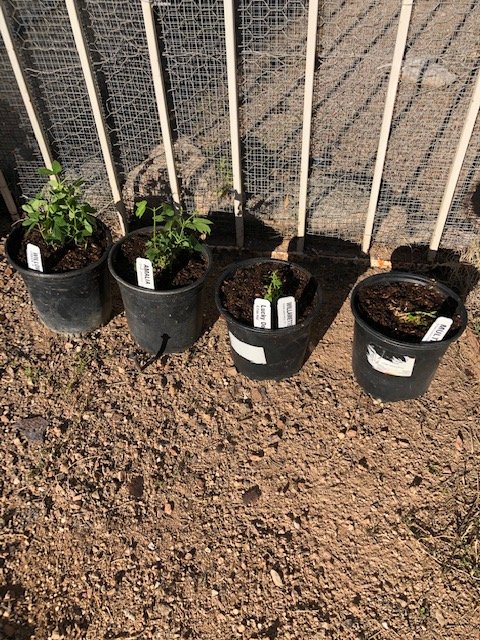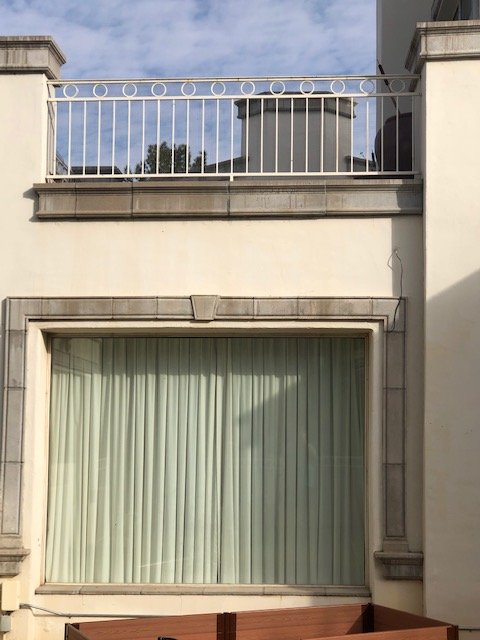CodeSection
Well-Known Member
- Joined
- Feb 4, 2018
- Messages
- 1,655
- Reaction score
- 819
I have been reading from various sources about suggested nitrogen levels. Sources from posts here in this forum range from using Miracle Grow 10-10-10 to 12-4-8 to 17-17-17.
Others suggest using granules with a slow release. Sources from universities like MSU give nitrogen recommendations based up pounds per acre which doesn't help me since I will be using 10 gallon grow bags.
For those of you that have hops planted in a small area, pot or grow bag, what are you using?
Currently, I have Miracle Grow in two concentrations (16-8-8 and 30-10-10).
Lastly, in the past I have used a Seaweed fertilizer on plants and vegetables....
https://www.amazon.com/Sea-Soluble-Seaweed-Extract-Fertilizer/dp/B00NIZ6KEO
Has anyone tried something like that?
Others suggest using granules with a slow release. Sources from universities like MSU give nitrogen recommendations based up pounds per acre which doesn't help me since I will be using 10 gallon grow bags.
For those of you that have hops planted in a small area, pot or grow bag, what are you using?
Currently, I have Miracle Grow in two concentrations (16-8-8 and 30-10-10).
Lastly, in the past I have used a Seaweed fertilizer on plants and vegetables....
https://www.amazon.com/Sea-Soluble-Seaweed-Extract-Fertilizer/dp/B00NIZ6KEO
Has anyone tried something like that?











![Craft A Brew - Safale S-04 Dry Yeast - Fermentis - English Ale Dry Yeast - For English and American Ales and Hard Apple Ciders - Ingredients for Home Brewing - Beer Making Supplies - [1 Pack]](https://m.media-amazon.com/images/I/41fVGNh6JfL._SL500_.jpg)




















































